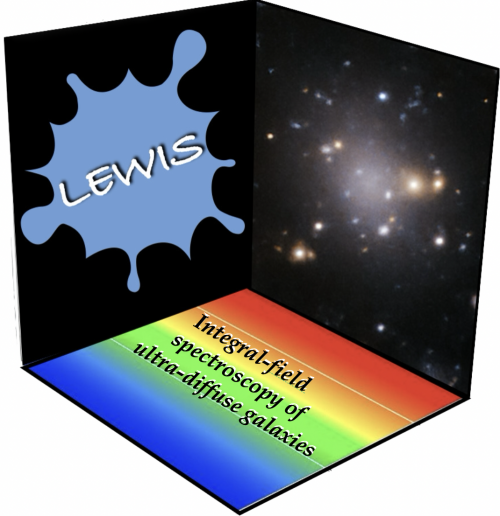Looking into the Faintest with MUSE: Integral-field Spectroscopy of Ultra-Diffuse Galaxies in a Cluster Environment
- Data:
- Speaker: Dr. Enrichetta Iodice
- Affiliation: INAF - Astronomical Observatory of Capodimonte (Italy)

In this talk, I would like to present the LEWIS project. Looking into the faintEst WIth MUSE (LEWIS) is an ESO large program, granted with 133.5 hours with MUSE@ESO-VLT. It is the first homogeneous integral-field spectroscopic survey of 30 extremely low-surface-brightness (LSB) galaxies in the Hydra I cluster of galaxies, where the majority of LSB galaxies in the sample (22 in total) are ultra-diffuse galaxies (UDGs). Because of their LSB nature, obtaining spectroscopic data for UDGs is a challenging task. To date, as opposed to the availability of deep images, we still lack a statistically significant sample of UDGs with spectroscopy, which strongly limits our constraints and conclusions on their stellar populations and DM content. By doubling the number of spectroscopically studied UDGs, the LEWIS project will make a decisive impact in this field. With LEWIS, we will map, for the first time, i) the 2D stellar kinematics, ii) the stellar population, and iii) establish the GC population and their specific frequency of a complete sample of UDGs in a galaxy cluster with IF spectroscopic data. The structural properties, together with the baryonic versus DM fraction, are used in comparison with hydrodynamical models of UDGs to establish their formation channels as a function of their location in the cluster.
With LEWIS, we are probing the MUSE capabilities to map the galaxy structure down to the faintest surface brightness levels.
Brief CV of Dr. Enrichetta Iodice:
After graduating in Physics from the “Federico II” University of Naples, she obtained her PhD in Astrophysics at the International School for Advanced Studies in Trieste in 2001. Subsequently, she completed a post-doc at INAF-OACapodimonte and has been an Associate Professor since 2004. Since 2023, she has been the Head of the National Coordination Centre for the VLT Survey Telescope, and from 2025, she will be the President of the Scientific Council of INAF. Her scientific interests include the structure and formation of bright galaxies in the nearby Universe, intra-cluster lights and stellar halos, and low surface brightness galaxies.